Convergent Plate Boundaries: The Collision of Plate Tectonics
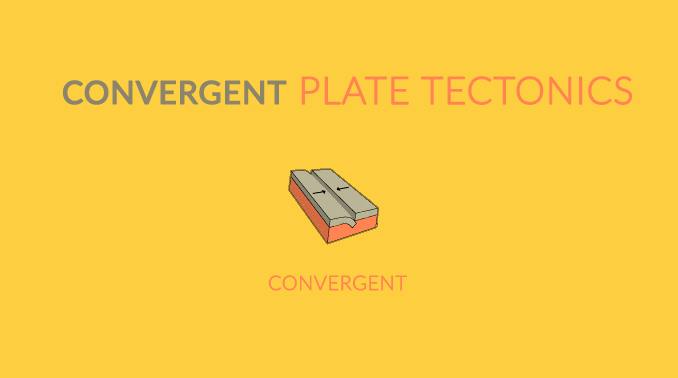
Convergent plate boundaries
Convergent plate boundaries are where plates collide together and cause violent catastrophes on Earth.
It’s common to see convergent plates along the edge of continents. Likewise, you’ll see large chains of mountains and volcanoes.
For example, the Pacific Ring of Fire has had some of the most violent earthquakes in history. Most of the Pacific Ring of Fire is convergent plate boundaries.
Convergent plate boundaries are different from transform and divergent plates. Let’s explore where can we find them. And what type of landforms are common where they collide?
Plates push into each other at convergent boundaries
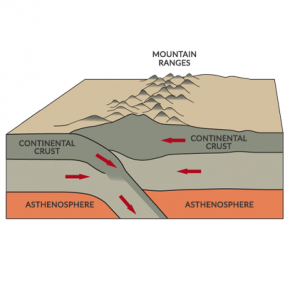
Convergent boundaries or subduction zones are where two plates collide with each other. Because matter cannot be destroyed, it forces one of the plates into the mantle underneath.
Convergent boundaries have some of the most violent catastrophes and geology on Earth. When plates smash together, they create chains of volcanoes.
For example, almost all along the Pacific Ring of Fire, plates collide and sink into the ocean floor at zones of subduction. But continents don’t always collide with oceans.
Sometimes, continents collide with other continents, which is part of the formation of mountains. You can find examples around the world. For example, the Nazca plate has created the Andes mountain range. It’s just that erosion wears it away fairly quickly.
For example, the Appalachians used to be 5 miles higher, when Africa collided with North America. But over 300 million years, weathering and erosion have torn them down and washed them through streams.
Convergent plate boundaries dominate the Pacific Ring of Fire

81% of earthquakes occur along the Pacific Ring of Fire. Despite the slow movement of plate tectonics (just 5-10 cm every year), they release a tremendous amount of energy. For example, Indonesia is known for having one of the most active chains of volcanoes in the world.
Most of the Ring of Fire’s tectonic plates collide and sink into the ocean floor at zones of subduction. This causes violent earthquakes and volcanoes.
The Pacific Ring of Fire is due to subduction zones of three main active tectonic plates. They include the Eurasian Plate, Pacific Plate, and Indo-Australian Plate.
It’s not only the Pacific Ring of Fire, you can look all around the world and find examples. For example, the Nazca plate has created the Andes mountain range.
It’s just that erosion wears it away fairly quickly. For example, the Appalachians used to be 5 miles higher, when Africa collided with North America.
But over 300 million years, weathering and erosion have torn them down and washed them through streams.
How mountains are made
Plate tectonics is deceptively slow. But they’re never idle. When convergent plates collide, plates are thrust upwards to build mountains.
This geologic process of vertical upheaving is the orogenies or mountain-building events. For example, the Laramide orogeny lifted the Rocky Mountains about 80–55 million years ago.
Since the beginning of Earth, plate tectonics have carved out chains of mountains that have reshaped the landscape inside and out.
While young rocks appear and disappear, cratons are stable pieces of the continent that have lasted over 1 billion years old.
Convergent Plate Boundaries
Plate tectonics is the study of how Earth’s lithosphere is broken up into a large number of rigid plates that move, slide sideways, and dive under each other. Convergent plate boundaries are the zones where two or more plates meet and push the other plate inwards.
These convergent plate boundaries are dynamic regions where geological forces give rise to phenomena such as mountain formation, earthquakes, and volcanic activity, shaping the Earth’s surface over millions of years.
Are you interested in plate tectonics? Please use the comment form below to share any thoughts you might have.


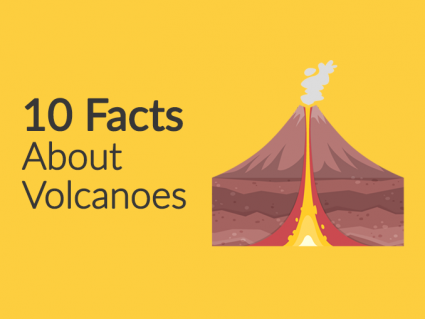


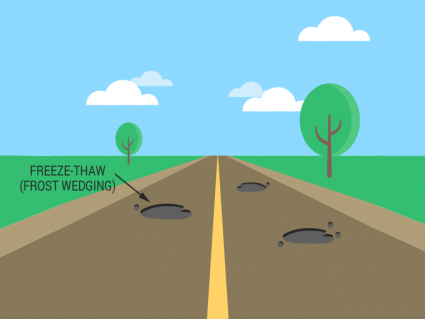


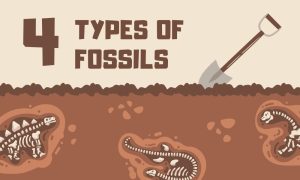

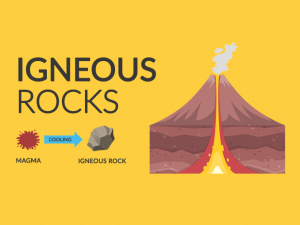
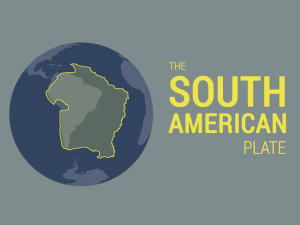



Yes, interested in plate tectonics